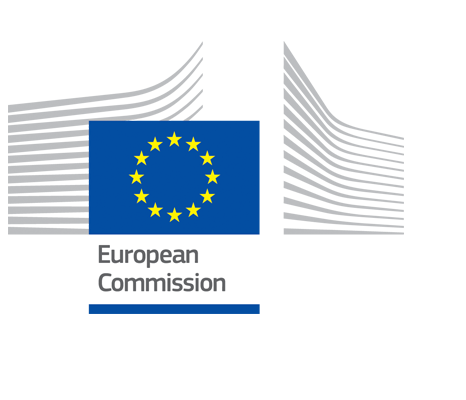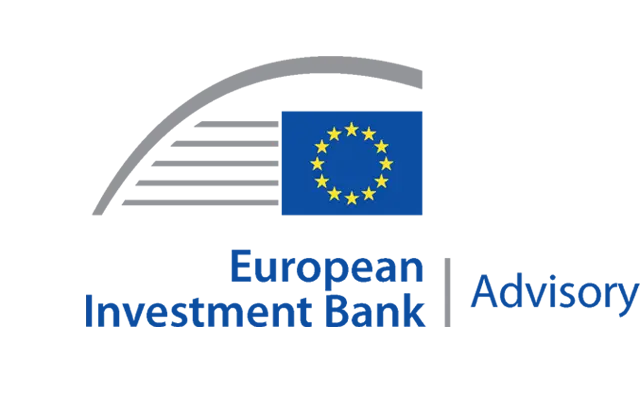Promoting economically viable financial instruments for public infrastructure

European Structural and Investment Fund (ESIF) programmes can use financial instruments to develop public infrastructure projects that are economically viable and capable of paying back the support provided. In the current ESIF period this includes among other things improving: transport and energy networks; high-speed internet; community facilities; water quality; and waste management. ESIF financial instruments can be designed by Member States to make beneficial and viable infrastructure improvements happen at national, regional, and local levels. Hence, our recent survey of managing authorities and other financial instrument stakeholders confirmed Member States’ interest in knowhow about public infrastructure investments.
Information from fi-compass about ESIF financial instruments covers advice and case study experiences (currently from the previous programming period) that can help ESIF managing authorities use loans, guarantees and equity instruments to finance public infrastructure. Our advice is provided through publications, video tutorials, and events. This knowledge-sharing toolkit frequently involves highlighting success stories from financial instruments such as those that help to increase investment in public infrastructure, whilst also making public money go further.
For example, presenting during the Athens fi-compass seminar in December, Nikos Mantzoufas from Greece’s Ministry of Economy, Development and Tourism shared useful experiences about implementing a JESSICA (Joint European Support for Sustainable Investment in City Areas) holding fund. Greece’s, managing authorities started using this instrument at a time when it was extremely difficult for them to attract investments because of the country’s economic situation and the Greek banks’ liquidity crisis. Nonetheless, after setting up the holding fund, Greece successfully managed to finance an effective portfolio of projects and some of these have won awards for their contribution to society.
Mr Mantzoufas underlined an interesting example from the holding fund portfolio noting that the development of a telematics system for road transport in Attica is “the first ICT project at EU level to blend EU grants, a loan from a financial instrument, and private investment.”
Italy is another country with good experience in using ESIF loans, guarantees or equity to help finance urban infrastructure projects with high social impact. Our fi-compass seminar in Croatia last November shared such Italian knowledge on instruments to finance infrastructure. Campania, Sardinia and Sicily regions for instance use financial instruments to assist energy efficiency, research facilities, university resource centres, integrated transport management, social care, tourism developments, and cultural heritage. These projects are often implemented by local authorities and they typify some of the infrastructure projects that financial instruments have made possible. Clear benefits are produced for Italian citizens in terms of job creation, urban regeneration, improved living conditions, and climate action.
Our library of other material from fi-compass events and case studies can help managing authorities with fact-finding exercises before deciding to use financial instruments in the ESIF context. This is demonstrated by testimonials from managing authorities with previous experience who note the following success factors for implementing public infrastructure ESIF financial instruments:
- Understand demand for the instruments by carrying out a thorough ex ante assessment and developing a clear strategy.
- Include scope for flexibility because operating circumstances can change (e.g. financial or political contexts).
- Ensure adequate knowhow about i.) selecting a competent body for implementing the instrument and ii.) training for final recipients e.g. regional and local public authorities.
- Use clear rules, especially for reporting and monitoring.
- Time planning and the benefits from starting as early as possible in a programming period.
Keep an eye on our fi-compass website for new knowhow and testimonials about using ESIF financial instruments for public infrastructure and other purposes.

